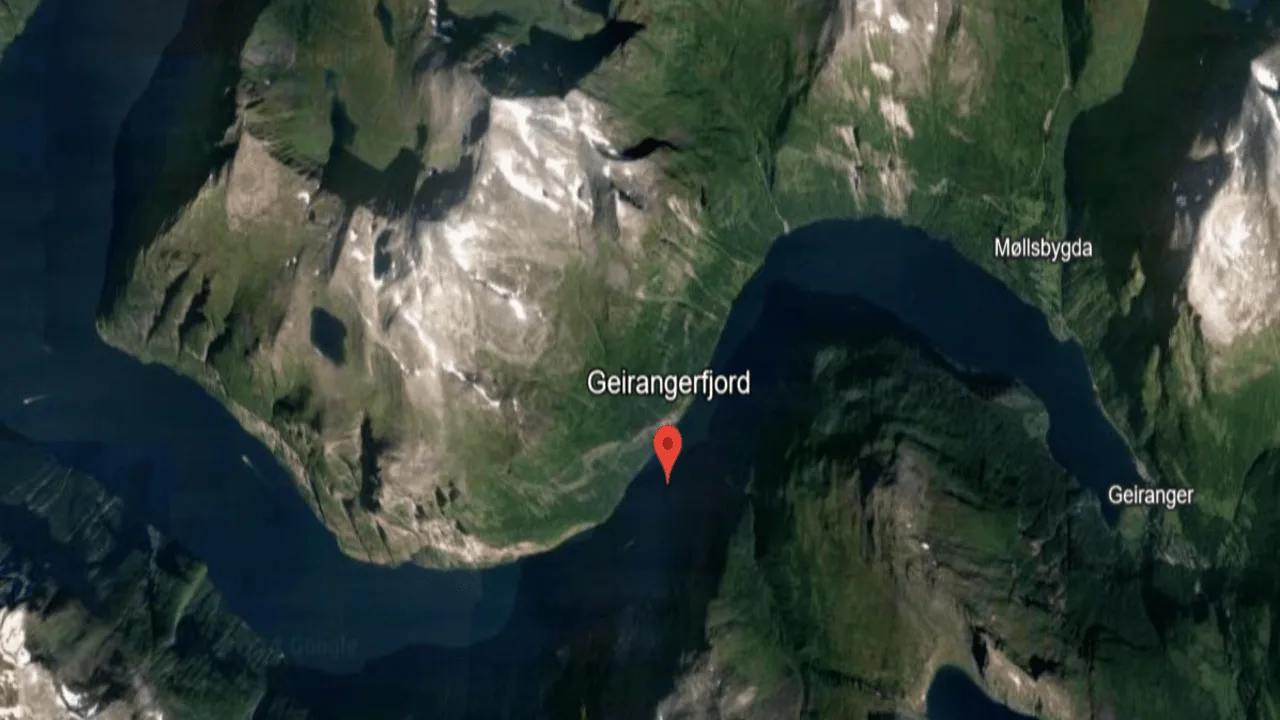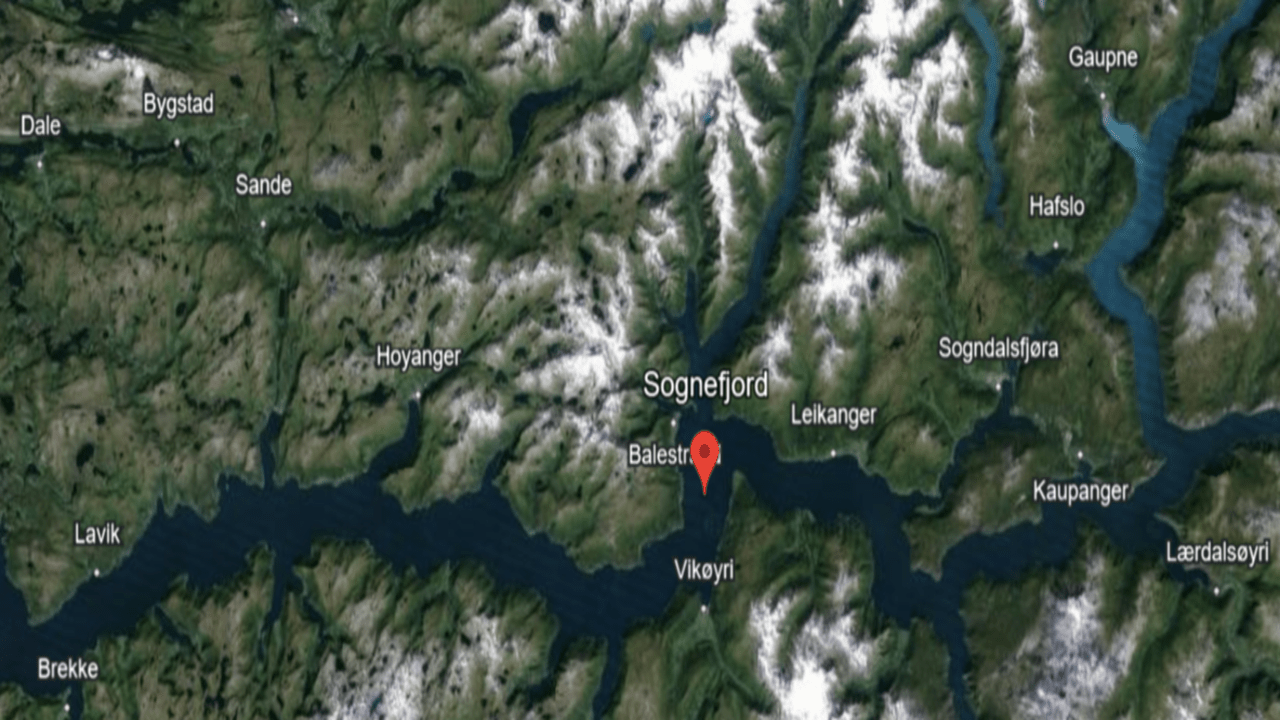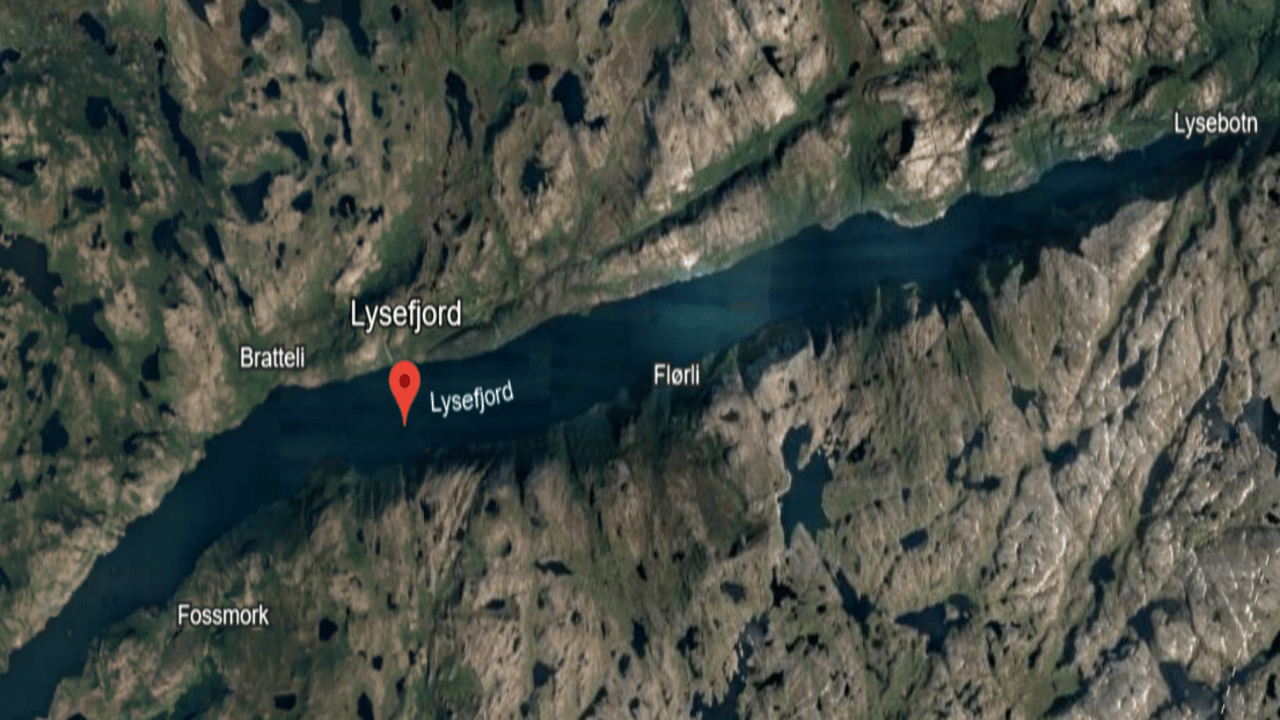Imagine sailing along narrow waterways flanked by sheer cliffs that rise hundreds of meters above the sea, or hiking through verdant valleys carved by ancient glaciers.
Norwegian fjords, with their dramatic beauty and serene tranquility, offer a truly immersive experience in nature’s grandeur.
Join us as we uncover the secrets of Norway’s fjord country, from the geological forces that shaped these awe-inspiring landscapes to the vibrant communities that call these fjords home.
Whether you’re drawn to adventure, cultural discovery, or simply the desire to bask in the splendor of nature, Norwegian fjord exploration promises an unforgettable journey that will leave you awestruck and inspired.
Geography of Norwegian Fjords
The formation of Norwegian fjords began over two million years ago during the Quaternary Period when massive glaciers covered much of Scandinavia.
As these glaciers advanced and retreated, they carved deep U-shaped valleys into the bedrock, leaving behind steep-sided cliffs and rock formations. As the glaciers melted, seawater flooded into the valleys, creating the narrow, winding waterways that we know as fjords today.
Norwegian fjords are characterized by their unique features, including steep cliffs that rise hundreds of meters above sea level, often shrouded in mist and fog. The valleys carved by glaciers are typically long and narrow, with sheer rock walls on either side.
At the head of many fjords, you’ll find spectacular waterfalls cascading down from towering peaks into the deep blue waters below.
Norwegian fjords stretch along the country’s entire western coast, from the southern region of Vest-Agder to the northernmost tip of Finnmark. Each fjord has its own unique characteristics, shaped by factors such as glacial activity, geological composition, and erosion.
Major Norwegian Fjords
Here, we delve into the details of some of the most iconic Norwegian fjords, exploring their unique features, cultural significance, and opportunities for exploration.
Geirangerfjord

Location: Located in the southwestern part of Norway, near the town of Geiranger in Møre og Romsdal county.
Geirangerfjord is renowned for its dramatic landscapes, with towering cliffs, lush green mountainsides, and cascading waterfalls such as the famous Seven Sisters and the Suitor. The fjord stretches for approximately 15 kilometers (9 miles) and is surrounded by UNESCO-listed fjord landscapes.
Geirangerfjord is a UNESCO World Heritage Site and one of Norway’s most visited tourist destinations. Its stunning scenery has inspired artists, writers, and travelers for centuries.
Visitors can explore Geirangerfjord by taking a scenic cruise, hiking along the fjord’s edge, or driving the picturesque Eagle Road for breathtaking views of the surrounding landscape.
Nærøyfjord
Location: Situated in southwestern Norway, near the village of Gudvangen in Sogn og Fjordane county.
Nærøyfjord is known for its narrow, steep-sided valleys, sheer cliffs, and tranquil waters. It stretches for approximately 18 kilometers (11 miles) and is surrounded by snow-capped peaks and lush green forests.
Nærøyfjord is a UNESCO World Heritage Site and part of the larger West Norwegian Fjords area. It has been inhabited for thousands of years and is home to several historic villages and farms.
Visitors can explore Nærøyfjord by taking a scenic boat cruise, kayaking or paddleboarding on the calm waters, or hiking along the fjord’s edge to secluded viewpoints.
Hardangerfjord
Location: Located in southwestern Norway, stretching from the Atlantic Ocean near Bergen to the Hardangervidda plateau.
Hardangerfjord is the third-longest fjord in the world and is known for its varied landscapes, including cliffs, fertile valleys, and fruit orchards. It is also home to the dramatic Vøringfossen waterfall, which plunges over 180 meters (590 feet) into the valley below.
Hardangerfjord is known as the “orchard of Norway” due to its abundant fruit production, particularly apples and cherries. The region is also famous for its traditional folk music and dance.
Visitors can explore Hardangerfjord by taking a scenic drive along the fjord’s edge, visiting historic villages such as Ulvik and Eidfjord, or hiking in the surrounding mountains for panoramic views.
Sognefjord
Location: The largest and deepest fjord in Norway, stretching over 200 kilometers inland from the western coast.

Known as the “King of the Fjords,” Sognefjord boasts breathtaking scenery, including snow-capped peaks, waterfalls, and charming villages.
Popular activities include fjord cruises, kayaking, fishing, hiking along the Nærøyfjord branch, and exploring the towns of Flåm and Balestrand.
Lysefjord

Location: Located in Rogaland county, southwestern Norway.
Lysefjord is known for its dramatic cliffs, including the iconic Preikestolen (Pulpit Rock) and Kjeragbolten, as well as cascading waterfalls such as the Hengjane Falls.
Popular activities include hiking to Preikestolen and Kjeragbolten, boat tours along the fjord, kayaking, and wildlife watching.
| Fjord | Length (km) | Depth (m) |
|---|---|---|
| Geirangerfjord | 15 | 260 |
| Nærøyfjord | 18 | 440 |
| Sognefjord | 205 | 1,308 |
| Hardangerfjord | 179 | 860 |
| Lysefjord | 42 | 422 |
Conclusion
- Norwegian fjords are nature’s masterpieces, boasting stunning geological formations and breathtaking landscapes.
- These fjords, carved by glaciers over millions of years, are characterized by steep cliffs, deep valleys, and crystal-clear waters.
- They support rich ecosystems, with diverse marine life in the fjords and wildlife in the surrounding forests and mountains.
- Norwegian fjords hold cultural significance, with historic fishing villages and towns preserving traditional ways of life.
- Tourism in Norwegian fjords offers opportunities for adventure, exploration, and cultural immersion, contributing to the local economy.
- Efforts are underway to promote sustainable tourism and conservation to protect the fjords’ natural beauty and biodiversity for future generations.

